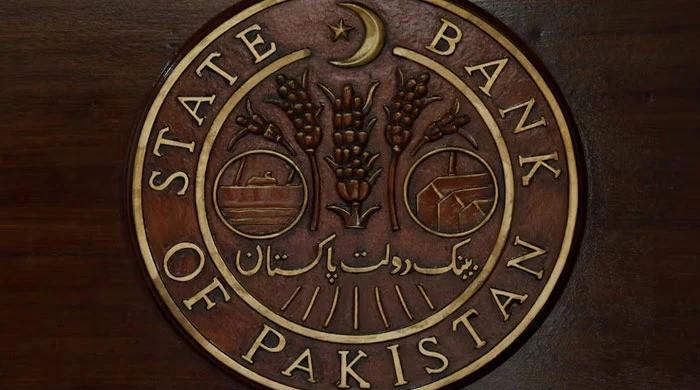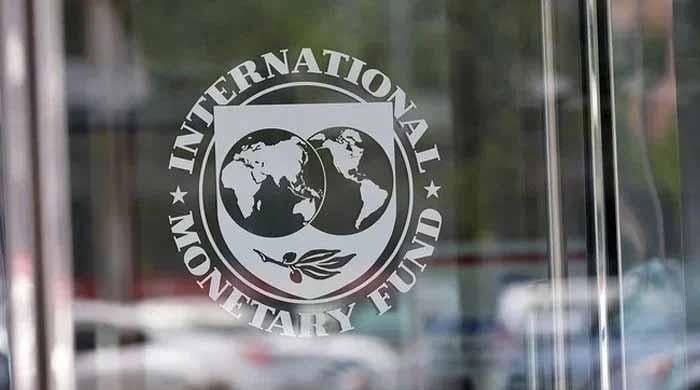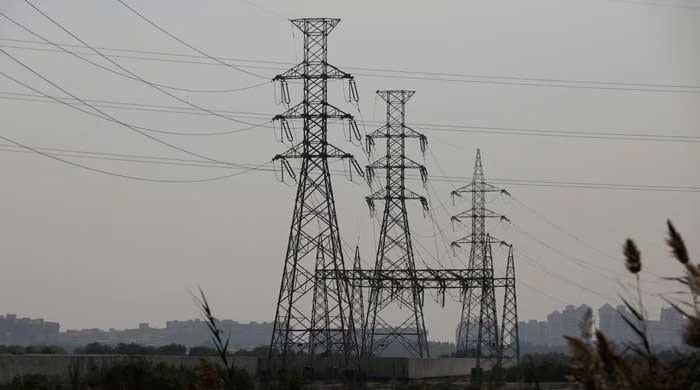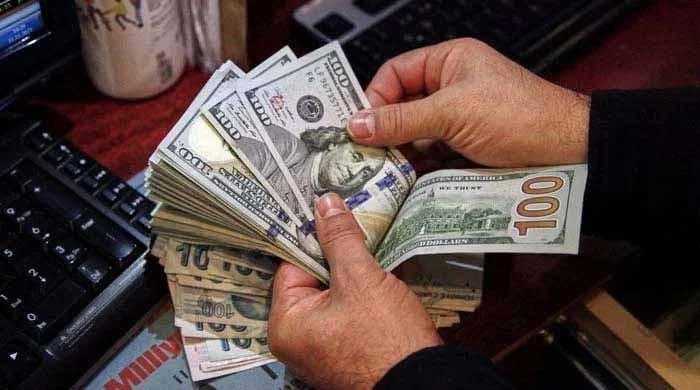Pressure mounts on PM Shehbaz-led govt as textile exports go down by 12.4% in January
Textile exports have been at a nosedive since October 2022, now standing at $1.36 billion
February 03, 2023
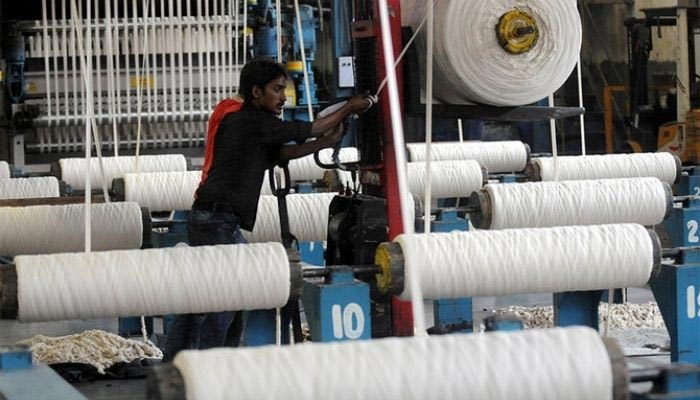
- Textile exports have been at nosedive since October 2022.
- Sector contributes around 60% to country’s total export proceeds.
- Industry facing challenges including shortage of cotton in country.
ISLAMABAD: In a worrying sign for the incumbent government, Pakistan's textile exports dropped for the fourth consecutive month in January, seeing a decline of 12.4% and landing at $1.36 billion, as per the All Pakistan Textile Mills Association (APTMA), The News reported Friday.
The textile products' sales abroad, in January 2022, were reported to be $1.55 billion in January.
The textile exports have been at a nosedive since October 2022. The exports fell by 15% in October 2022 and declined by 18% in November 2022. Then in December 2022, the exports went down by 16% and 12.4% in January 2023.
The double-digit decline in its exports is worrisome for the government and the economy, as the sector contributes around 60% to the country’s total export proceeds.
The exports in December 2022 stood at $1.36 billion as compared to $1.42 billion in November 2022, showing a decrease of 16% compared to $1.62 billion in December 21.
Similarly, the seven-month (July to Jan 2022-23) cumulative exports of textiles were also down by 7.8% to $10.08 billion from 10.93 billion last year. This puts growing pressure on Prime Minister Shehbaz Sharif’s government, as after remittances that have already declined, exports are the major source to shore up the economy, especially the current account position.
In the last fiscal year 2021-22, textiles sector exports increased over a quarter over the previous fiscal year and achieved the highest-ever exports of $19.35 billion. With already draw-down reserves, which are barely enough to meet three-week essential imports, the decline in textile exports is a challenge.
The sector is also facing challenges including the shortage of cotton in the country, as it produced five million bales while the demand of the industry is around 14 million bales. To meet the demand of the industry, around 9 million bales of cotton are required, which also needs foreign exchange to import the input.
In December 2022, APTMA wrote a letter to the government that its monthly exports could go down below one billion dollars due to various issues that had compelled it to run the industry below half of its capacity.




